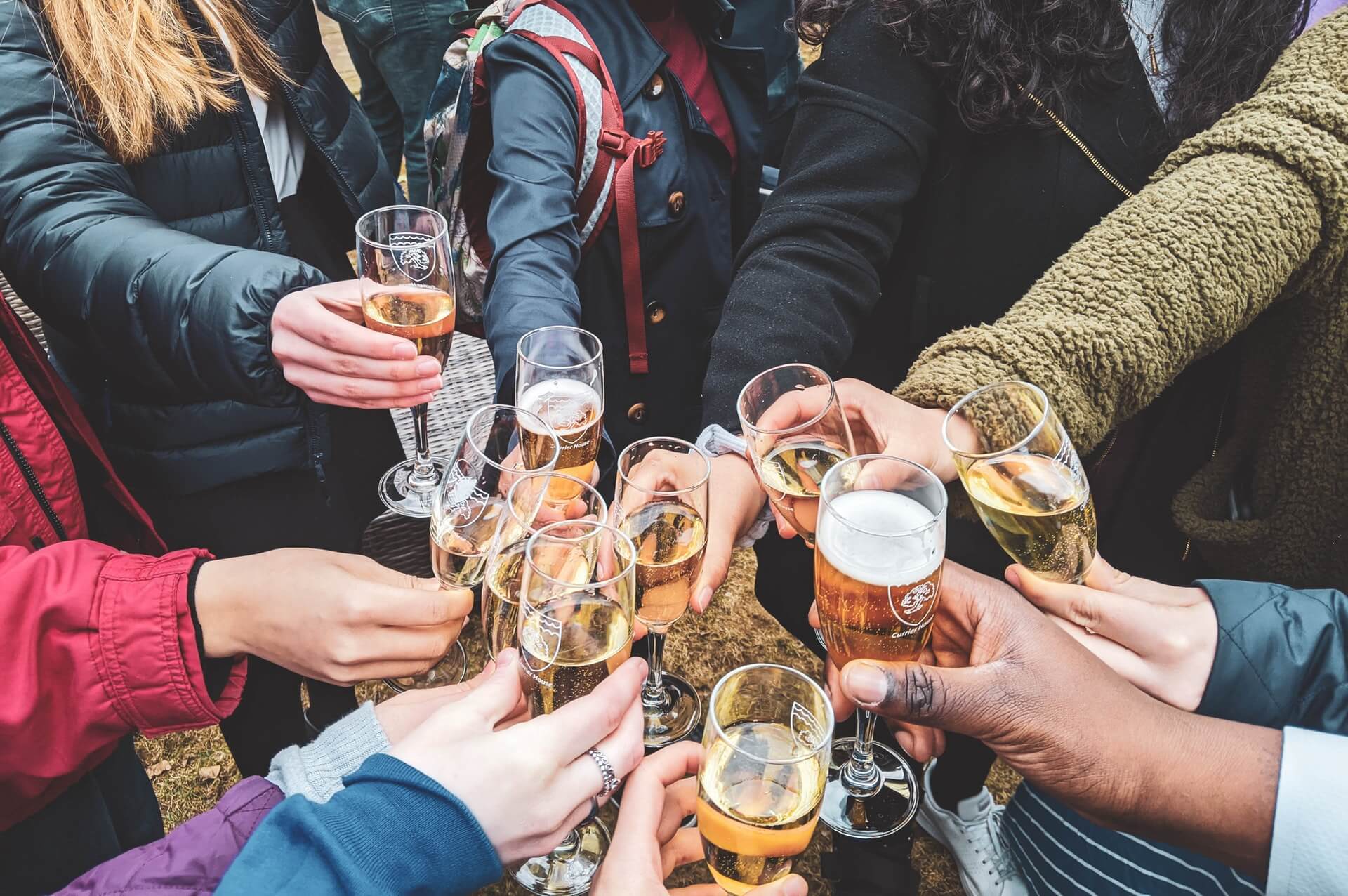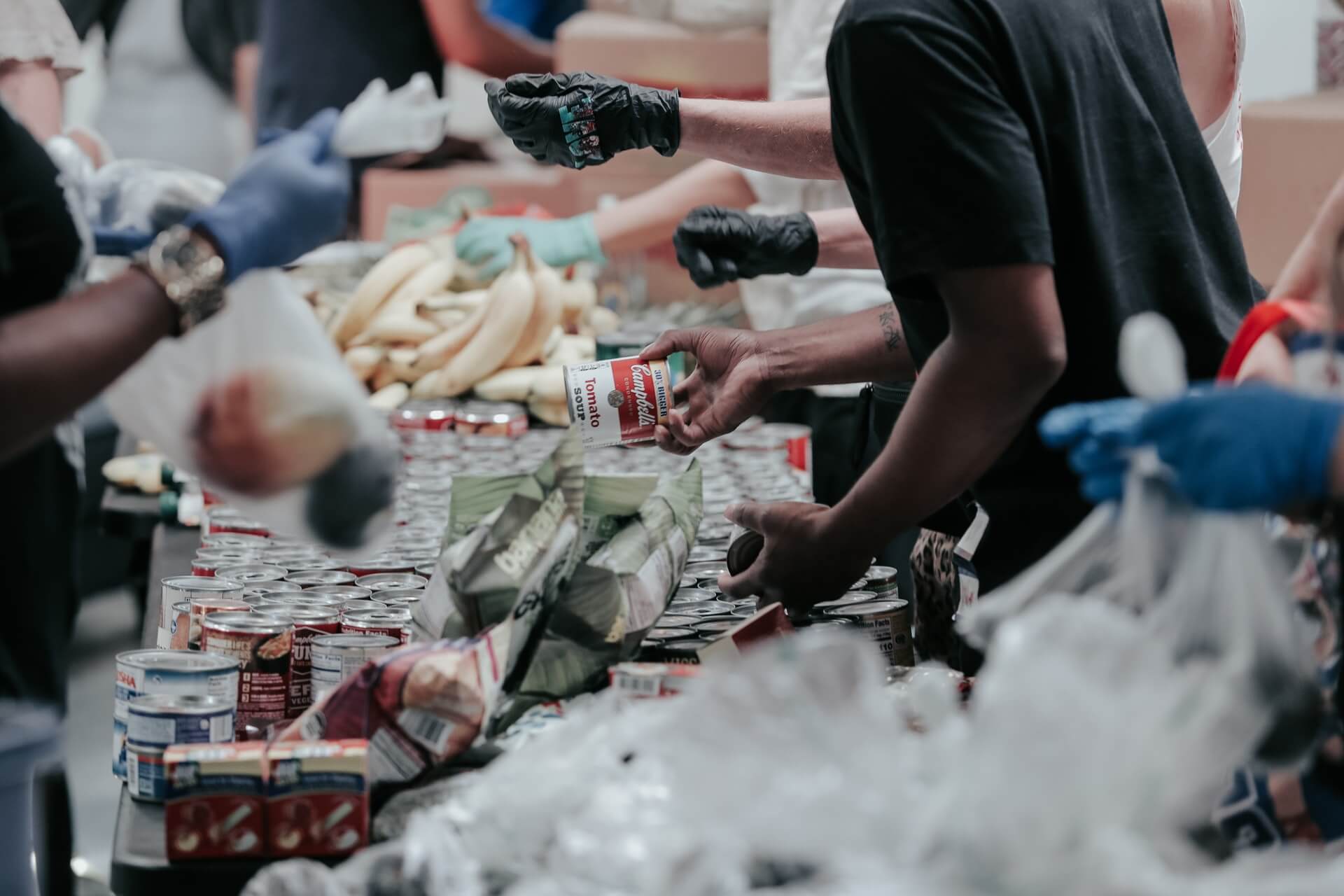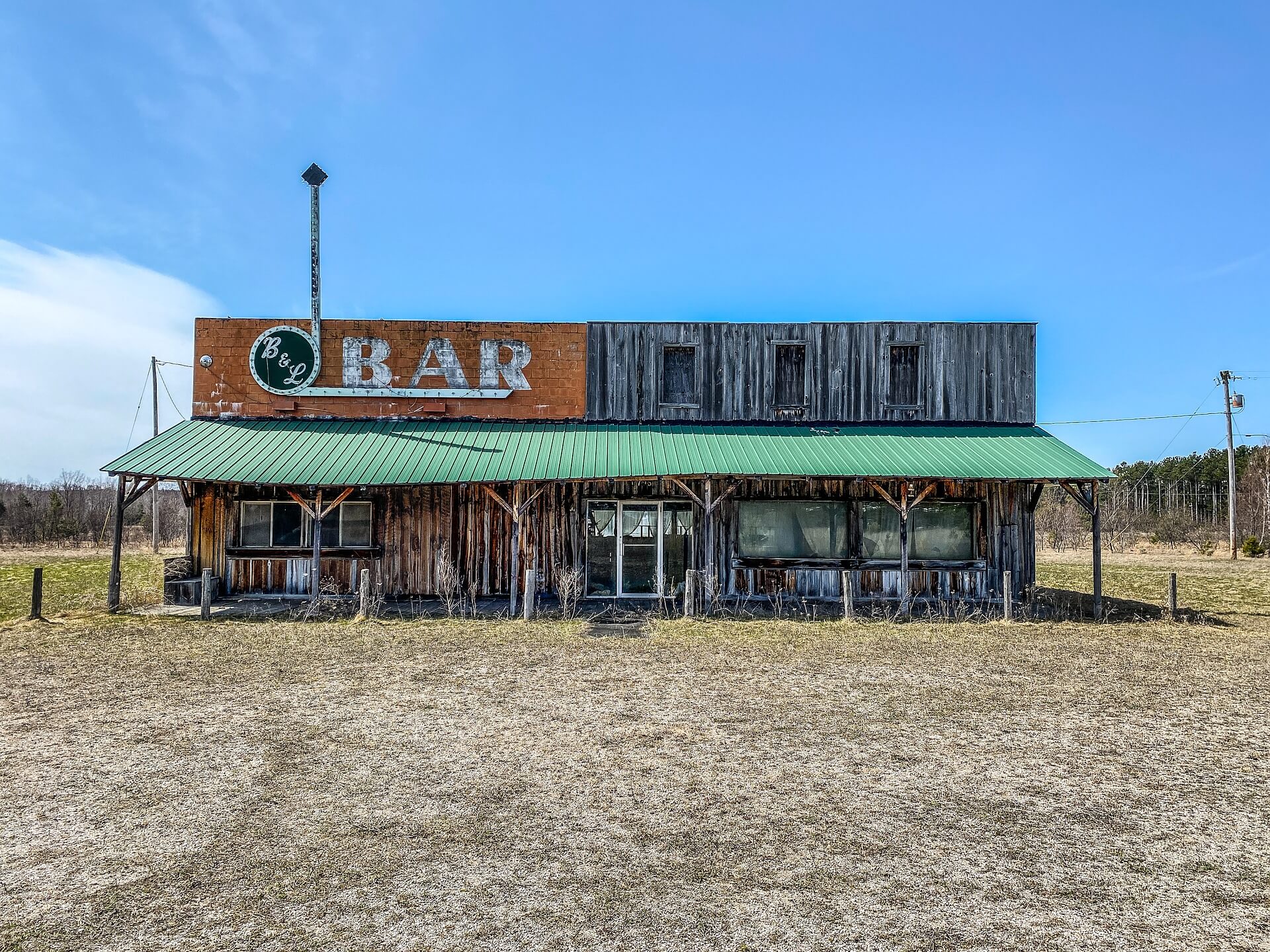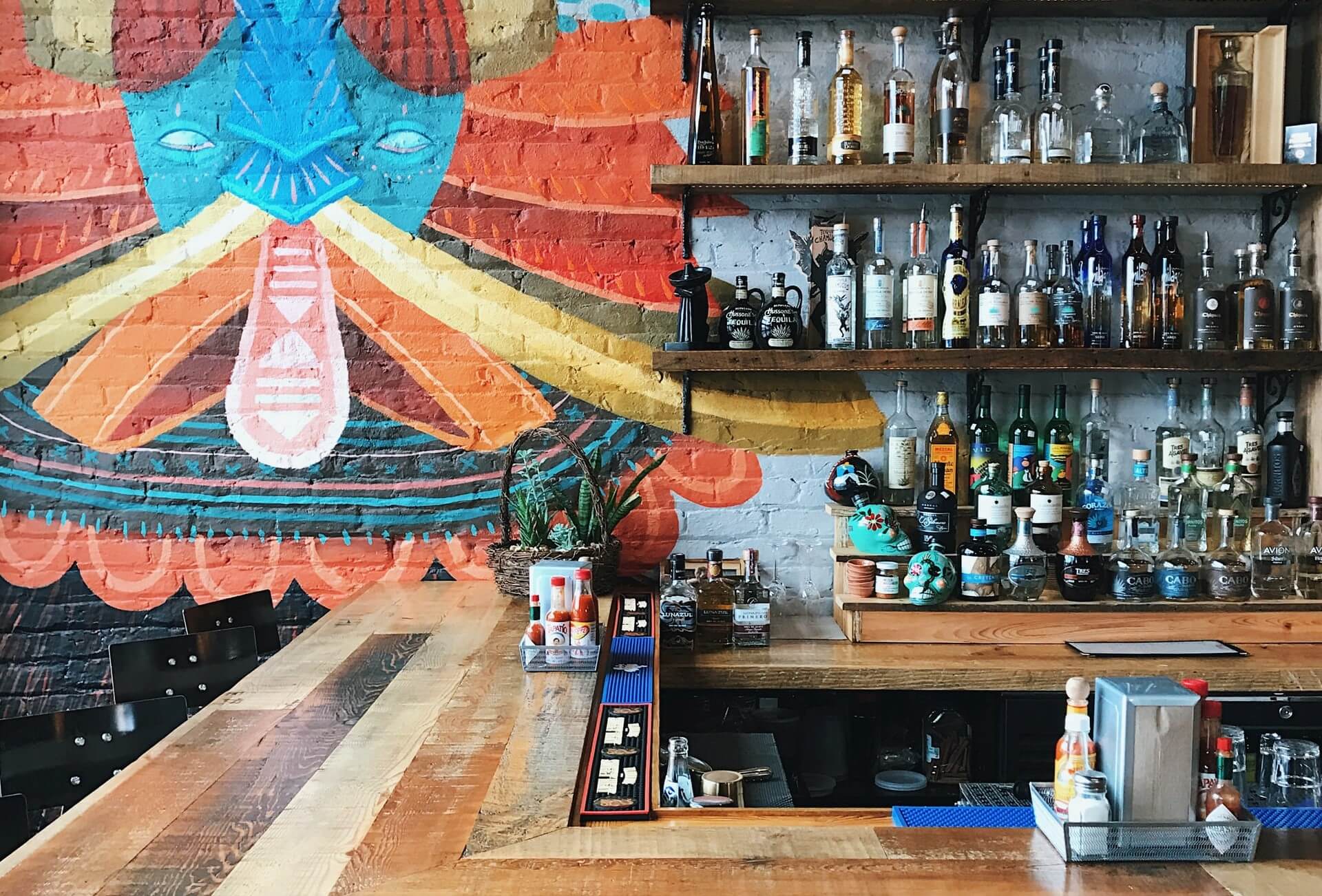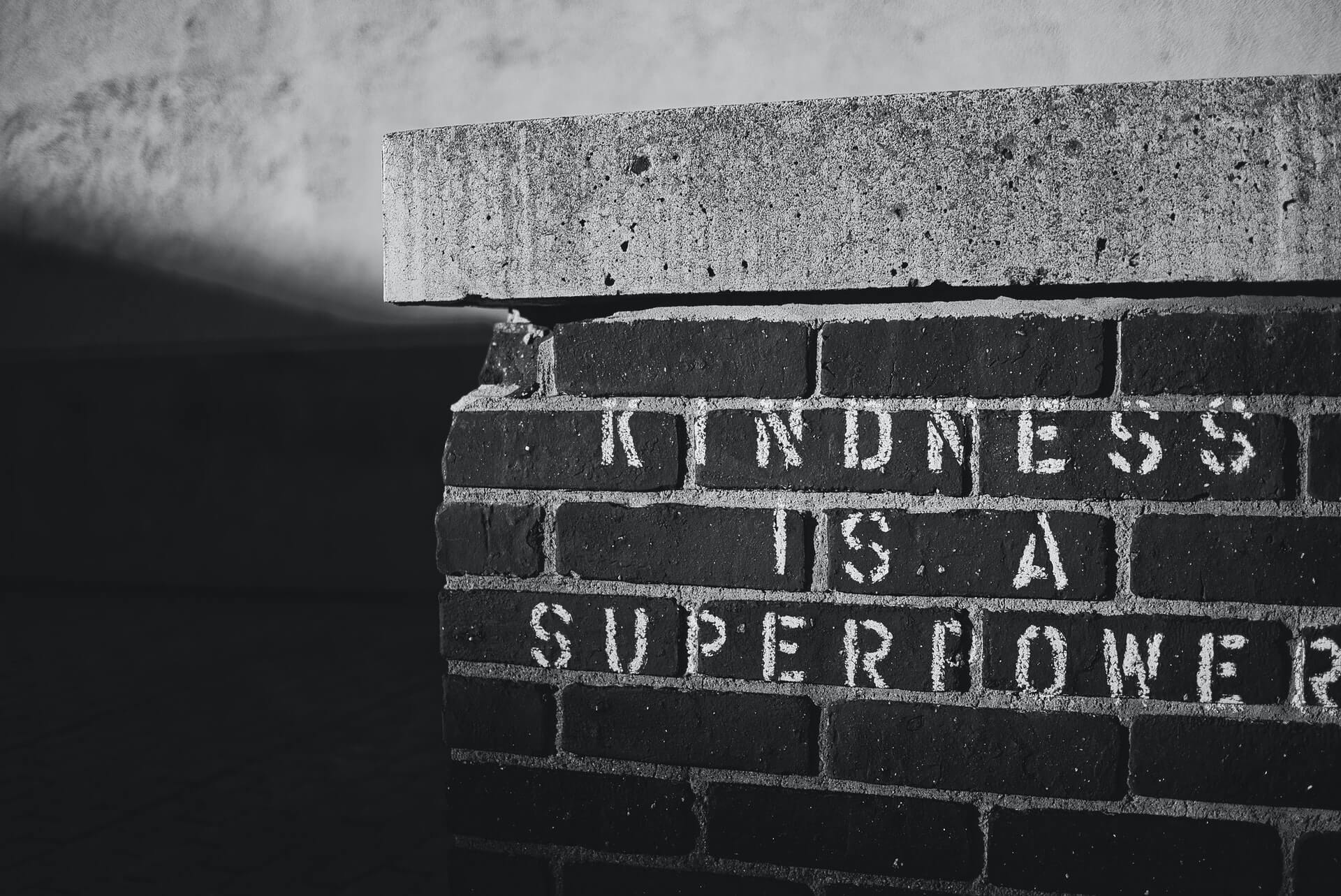50 Best Announces 2021 Winning Bars
by David Klemt
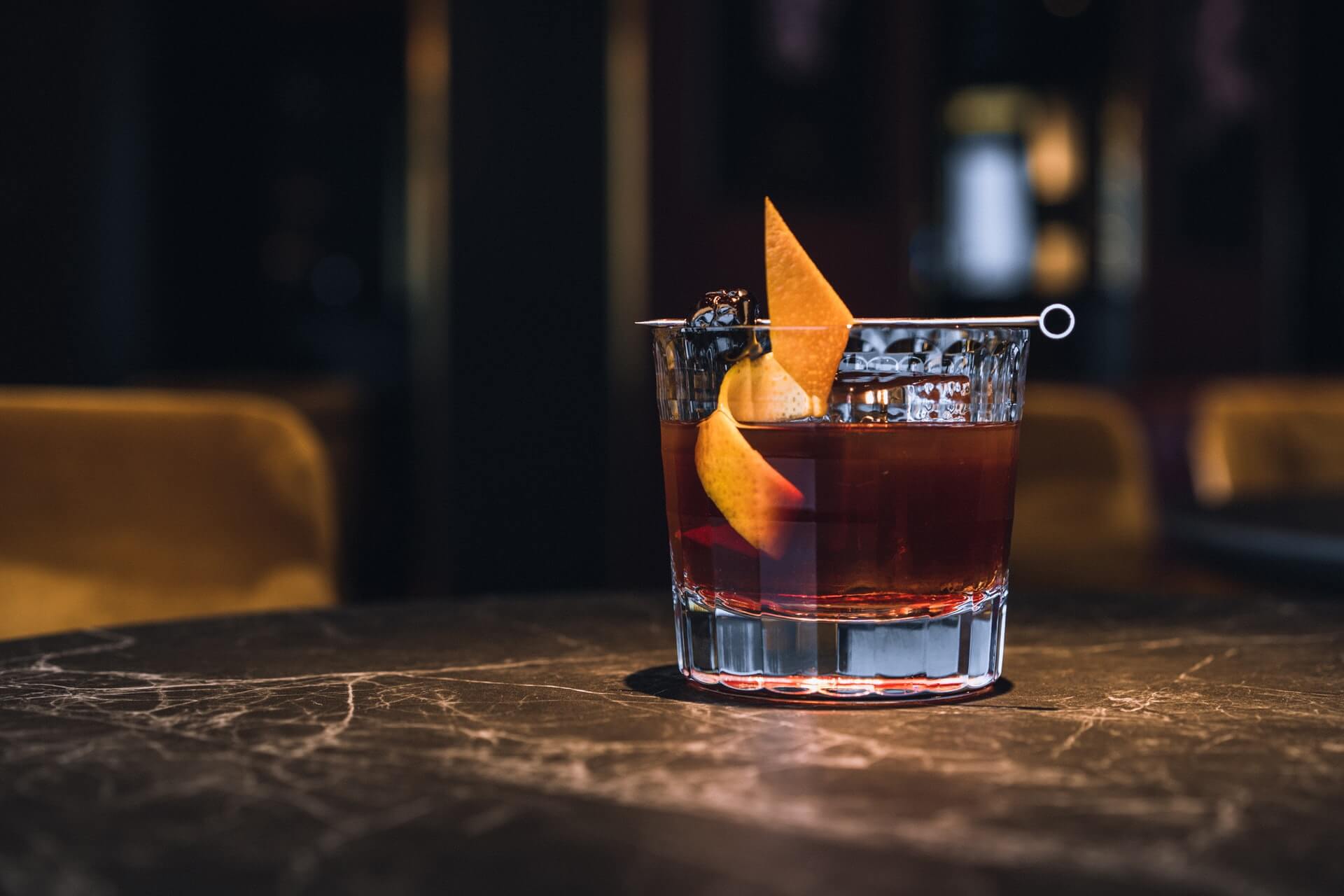
The world’s best bars have been reviewed and ranked, and were announced by the aptly-named World’s 50 Best Bars on December 7.
In reality, the list is split into two and ranks the 100 best bars in the world.
Now, it may seem strange to some to review and rank bars during a pandemic. However, our industry and the top performers within it deserve recognition.
Interestingly (and somewhat disappointingly), only four of the top 50 are American operations. There are no Canadian bars among the top 100.
When it comes bars 51 through 100, there are seven American bars on the list. That makes a total of 11 American bars appearing on the global list of best bars.
Clearly, the organization needs to pay more attention to Canadian’s provinces and their bar scenes.
American Bars
Below are the American bars that made the cut. Their ranks and locations are included:
- Katana Kitten, New York City, NY (Rank: 10)
- Café La Trova, Miami, FL (Rank: 28)
- Dante, New York City, NY (Rank: 30)
- Attaboy, New York City, NY (Rank: 34)
- Double Chicken Please, New York City, NY (Rank: 54)
- Employees Only, New York City, NY (Rank: 60)
- Kumiko, Chicago, IL (Rank: 61)
- Thunderbolt, Los Angeles, CA (Rank: 66)
- Sweet Liberty, Miami, FL (Rank: 89)
- Death & Co., Los Angeles, CA (Rank: 99)
- Leyenda, New York City, NY (Rank: 100)
Does anything jump out at you? Half of the American bars that made the Top 50 and 51-100 lists are in NYC. Miami and Los Angeles are tied for second-most bars on the list, with a single Chicago bar claiming a spot.
The World’s 50 Best Bars
- Connaught Bar, London, UK
- Tayer + Elementary, UK
- Paradiso, Barcelona, Spain
- The Clumsies, Athens, Greece
- Floreria Atlantico, Buenos Aires, Argentina
- Licoreria Limantour, Mexico City, Mexico
- Coa, Hong Kong, China
- El Copitas, St. Petersburg, Russia
- Jigger & Pony, Singapore
- Katana Kitten, New York, America
- Two Schmucks, Barcelona, Spain
- Hanky Panky, Mexico City, Mexico
- Insider Bar, Moscow, Russia
- Baba Au Rum, Athens, Greece
- Manhattan, Singapore
- Atlas, Singapore
- Zuma, Dubai, UAE
- The SG Club, Tokyo, Japan
- Drink Kong, Rome, Italy
- 1930, Milan, Italy
- Presidente, Buenos Aires, Argentina
- Maybe Sammy, Sydney, Australia
- Catina OK!, Sydney, Australia
- Salmon Guru, Madrid, Spain
- Handshake Speakeasy, Mexico City, Mexico
- No Sleep Club, Singapore
- Camparino In Galleria, Milan, Italy
- Cafe La Trova, Florida, USA
- Little Red Door, Paris, France
- Dante, New York, USA
- Kwant, London, UK
- Bar Benfiddich, Tokyo, Japan
- Tres Monos, Buenos Aires, Argentina
- Attaboy, New York, USA
- Lucy’s Flower Shop, Stockholm, Sweden
- MO Bar, Singapore
- Sips, Barcelona, Spain
- Baltra Bar, Mexico City, Mexico
- Sober Company, Shanghai, China
- Tjoget, Stockholm, Sweden
- Epic, Shanghai, China
- Charles H, Seoul, South Korea
- Tippling Club, Singapore
- Above Board, Melbourne, Australia
- Galaxy Bar, Dubai, UAE
- Re, Sydney, Australia
- Sidecar, New Delhi, India
- Union Trading Company, Shanghai, China
- Darkside, Hong Kong, China
- Quinary, Hong Kong, China
This is the second consecutive year that the Connaught has clinched the number one spot.
Just 16 of the bars that made the top 50 are new to the list. Take from that what you will.
As you can see, there are more bars located in Singapore and China than anywhere else among the top 50. Of the bars in China, they’re split evenly between Hong Kong and Shanghai.
Criteria
The World’s 50 Best Bars is owned and organized by William Reed Business Media. Per the website’s “How the voting works” tab, no employees or sponsors “has any influence over the results.”
Voters are said to all be “bar experts.” According to the website, 50 percent of voters are bar owners and bartenders. A quarter are drinks writers, and another 25 percent are “well-traveled cocktail experts.” Overall, at least 25 percent must be new voters each year.
There are a total of 600 voters (so, 300 are bar owners and bartenders, and so on). Each voter casts seven votes. Their votes are based on the best bar visits they’ve had from the previous 18 months.
Voters must only vote for bars they’ve actually visited; pop-ups cannot receive votes; and voters can’t vote for bars they own or in which they have a financial interest.
Previously, participants had to cast at least two votes for bars located outside of their home countries. However, due to the pandemic, that requirement was tossed out for the 2021 lists.
According to the organization’s website, votes are confidential and voters are anonymous.
Image: Pylyp Sukhenko on Unsplash





